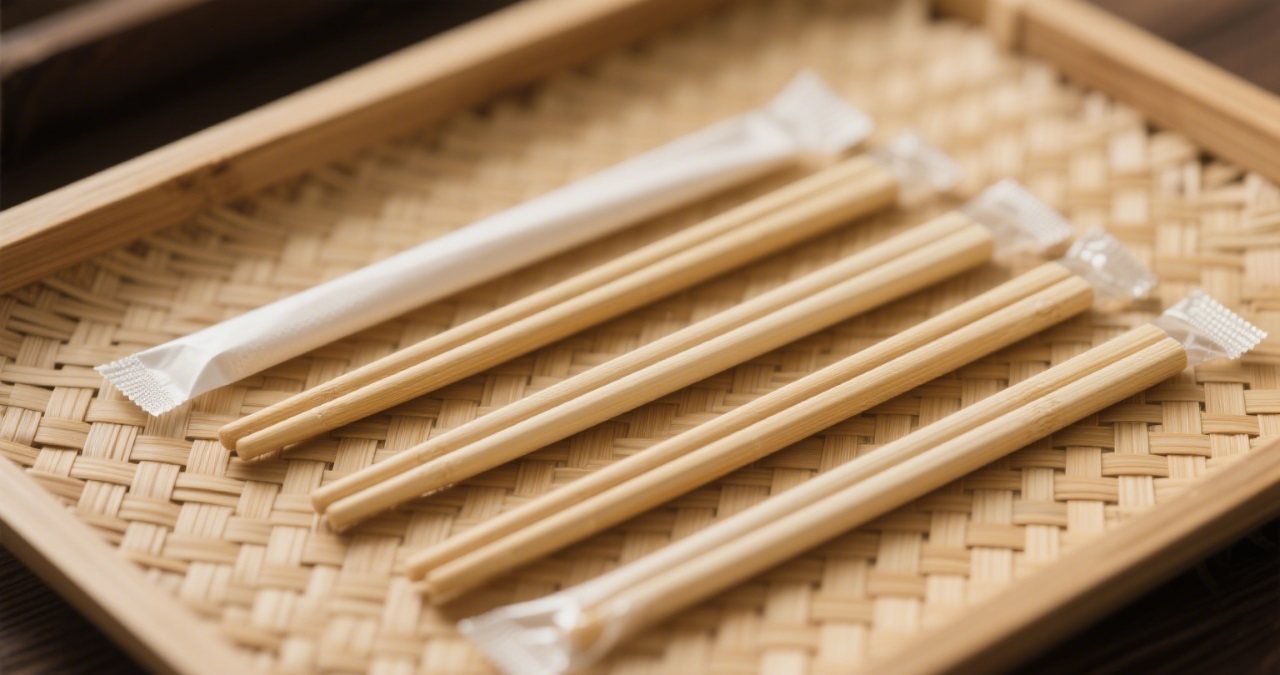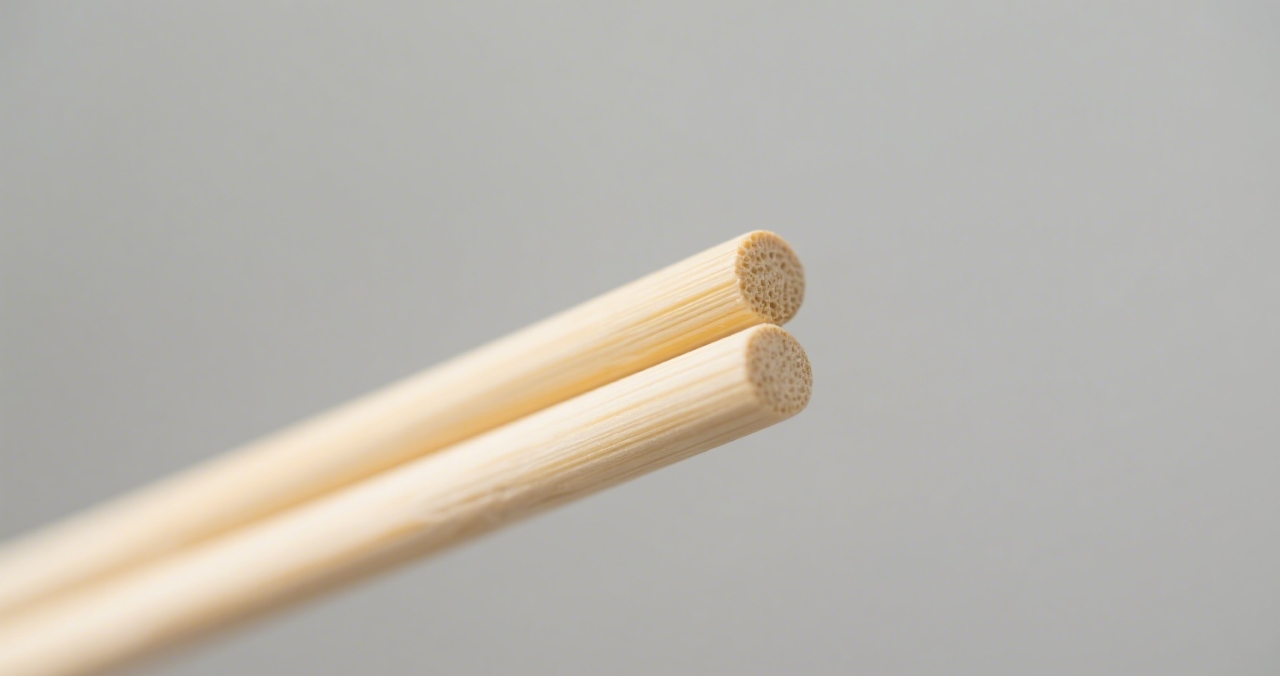For everyday dining, bamboo chopsticks strike the ideal balance between functionality, safety, and sustainability according to food-grade material standards1.
Bamboo chopsticks1 (GB 4806.1 certified) provide natural grip, moderate durability (6-12 month lifespan), and full biodegradability - outperforming plastic in safety and metal in comfort for daily meals13.

Are Stainless Steel Chopsticks More Durable Than Bamboo or Wood?
Metal chopsticks last 10+ years but sacrifice essential dining comfort - discover when durability matters most. Durability comparison:- Stainless Steel: 10-15 years (indestructible but slippery)
- Bamboo: 6-12 months (natural grip wears gradually)
- Plastic: 3-6 months (prone to warping/scratching)1

Material Longevity:
| Material | Average Lifespan | Failure Modes |
|---|---|---|
| Stainless Steel | 10+ years | Losing grip texture |
| Carbonized Bamboo | 6-12 months | Surface wear/splitting |
| Plastic | 3-6 months | Warping/melting |
| Regular Wood | 4-8 months | Fiber breakdown |
Do Plastic Chopsticks Pose Health Risks Compared to Natural Materials?
Plastic additives may migrate into food at 70°C+ - while bamboo meets strict GB 4806.1 food contact safety standards1. Health concerns:- Plastic: Potential BPA/phthalates release when heated
- Bamboo: Natural silica surface resists bacterial growth
- Metal: Nickel allergens in some alloys
- Regulation: Bamboo complies with strict GB 9685 additive limits13

Safety Comparison:
| Risk Factor | Plastic | Bamboo | Metal |
|---|---|---|---|
| Heat Safety | ≤70°C | ≤120°C | No limit |
| Chemical Migration | Moderate risk | None | Low risk |
| Bacterial Growth | High | Low | Lowest |
| Allergens | Rare | None | Nickel possible |
Are Bamboo Chopsticks the Most Eco-Friendly Option Compared to Metal and Plastic?
Bamboo's 4-year regrowth cycle beats plastic's centuries-long decomposition and metal's mining impacts. Environmental advantages: 1) Biodegradability: 3-6 months vs plastic's 400 years 2) Renewability: Harvestable in 4 years vs metal mining 3) Carbon Footprint: 0.3kg CO2/kg vs plastic's 6kg 4) Production: Water-based processing only34
Sustainability Metrics:
| Factor | Bamboo | Plastic | Metal |
|---|---|---|---|
| Decomposition | 3-6mo | 400y | 100+y |
| Raw Material | Renewable | Petroleum | Mined ore |
| CO2/kg | 0.3kg | 6kg | 8.5kg |
| Water Usage | 0.5L/kg | 2L/kg | 80L/kg |
Conclusion
For daily use, bamboo chopsticks offer the best combination of safe food contact (GB 4806.1), comfortable grip, and environmental sustainability - outperforming both plastic and metal options13.---







